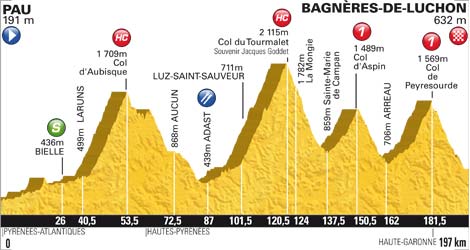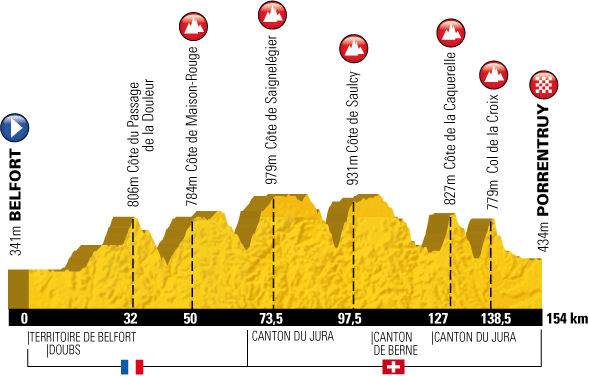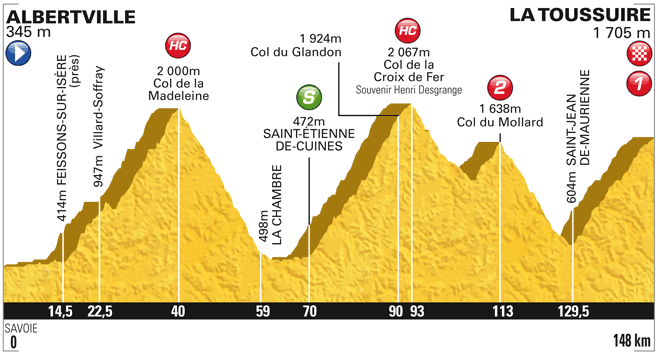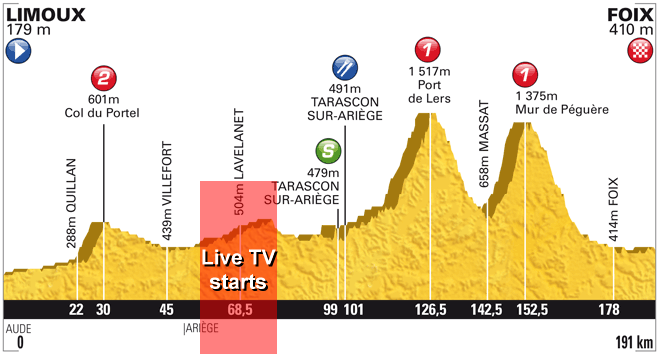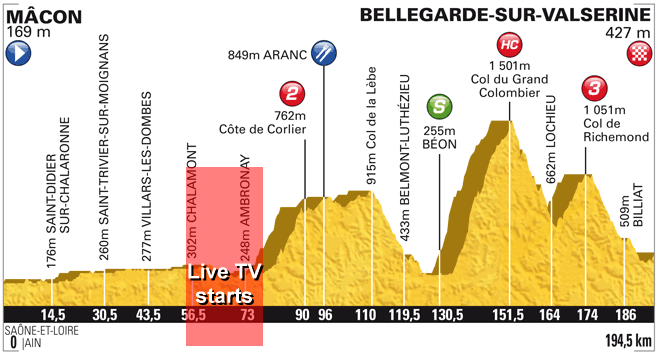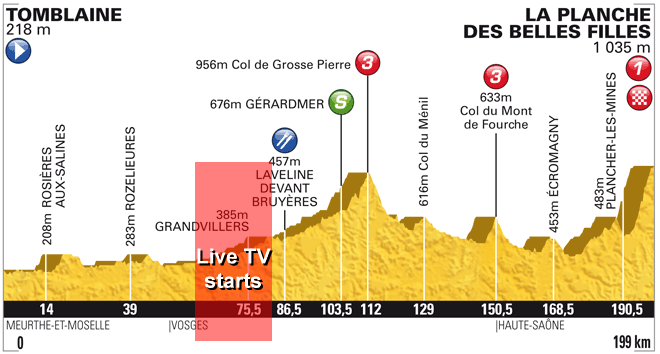- May 4, 2011
- 4,286
- 785
- 17,680
Re:
An additional problem with those likely cancellations is that the riders would still have to race in bad, cold weather, as I don't think the stages would be cancelled altogether. That has happened, but is unusual. Plan B stages are much more likely.
Maybe it would be - if there was an uber dominant GT rider -- I don't see it.sir fly said:Does anyone else think the route is good for the double attempt?
Peaking for the second week, using the third as an altitude camp, combined with some cancellations and softer opposition could be doable.
An additional problem with those likely cancellations is that the riders would still have to race in bad, cold weather, as I don't think the stages would be cancelled altogether. That has happened, but is unusual. Plan B stages are much more likely.


